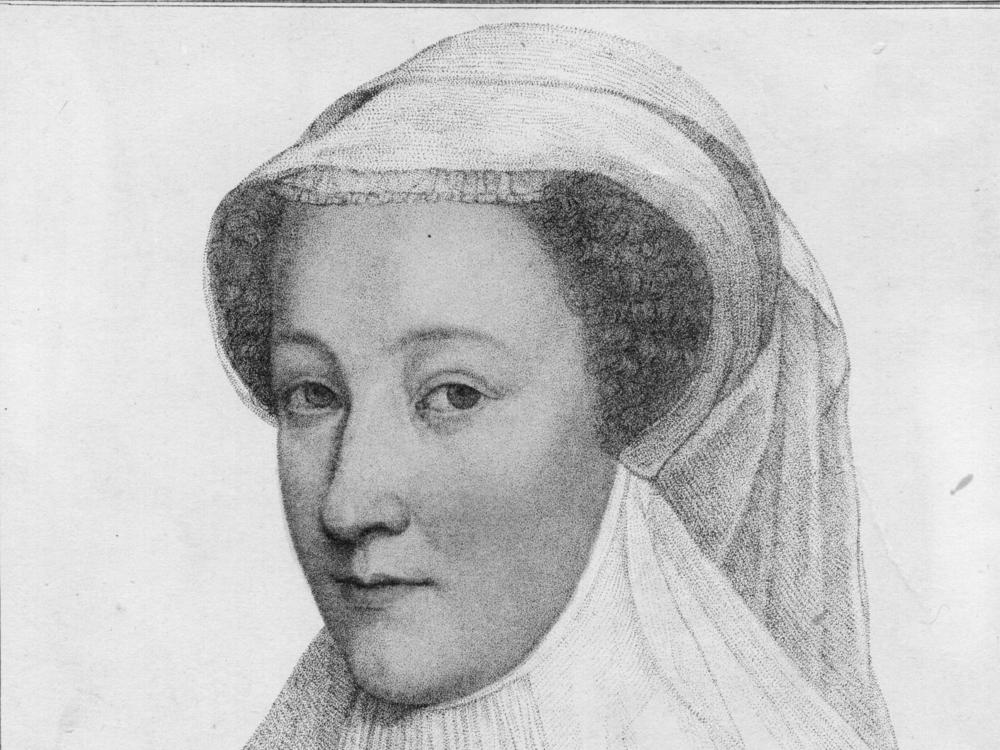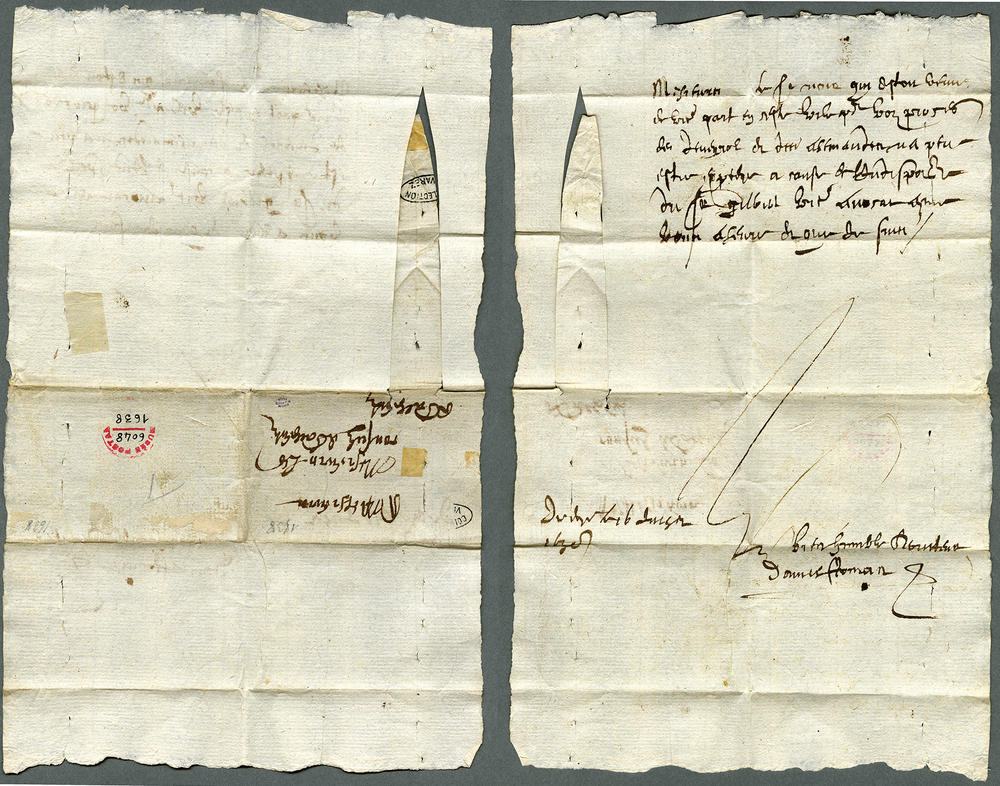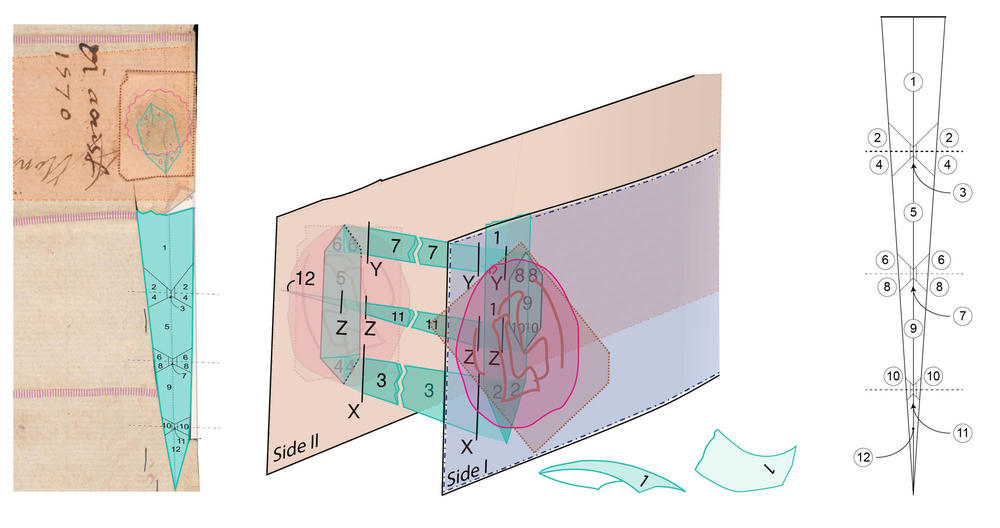Section Branding
Header Content
Experts crack the secret to last letter of Mary, Queen of Scots before her execution
Primary Content
On the eve of her execution in 1587, Mary, Queen of Scots wrote what is thought to be her very last letter.
She had been imprisoned for nearly 20 years for the perceived threat she represented to Queen Elizabeth I in terms of a takeover of the English throne. With hours to go until her beheading, Mary sat down and penned what researchers say was not only her last will and testament, but also a bid for martyrdom.
To keep her message safe, Mary turned to the 16th-century equivalent of sending an encrypted email — a folding technique known as the spiral lock. Using an elaborate series of slits, folds and tucks, she turned the letter into a piece of tamper-proof priority mail.
Her technique was so elaborate and complex that researchers have struggled throughout modern history to fully understand how she did it. But now, experts at the Massachusetts Institute of Technology and King's College London say they finally have cracked the code.
In a paper published in the Electronic British Library Journal, the researchers detail the dizzying series of steps that Mary used to safeguard the letter.
Mary was using an elaborate form of letterlocking
The spiral lock that Mary used was a particularly elaborate example of a practice known as letterlocking, whereby the letter functions as its own envelope. Until the invention of the modern envelope, letterlocking was common practice for hundreds of years.
The spiral lock requires more than 30 steps and involves cutting out a "lock," often resembling a dagger or sword, out of the blank margin of the letter. The lock acts as a needle and is sewn through the letter after folding it.
Jana Dambrogio, a conservation manager at MIT Libraries and one of the study's authors, says the spiral lock is one of the few letterlocking techniques that score high when it comes to security.
Dambrogio says it takes a lot of skill to create the spiral lock — one wrong move means you have to start the process of creating it all over again. That was no small consideration in the 16th century, a time when paper was not yet industrialized and was made by hand.
"We think the spiral lock is one of the most brilliant, secure and elaborate," says co-author Daniel Smith, a senior lecturer at King's College London. "If you're worried about someone breaking into your letter, the spiral lock is a brilliant choice. But it may also be communicating the fact that you've put lots of effort into this. You've made it look spectacular."
Studying letterlocking can put history in a new light
This year, the team that conducted the research virtually unfolded and read the contents of another letterlocked letter without breaking its seal.
Letters serve as communication devices, the team says, but they also serve as a way to study cultural concerns such as privacy and secrecy. Letterlocking is the link between "physical communications security techniques from the ancient world and modern digital cryptography," the journal article states.
"When we understand things like slips and locks and folds in a more sophisticated way, we can really start telling a very different kind of story about the early modern period," Smith says. "Even figures like Queen Elizabeth I, Mary, Queen of Scots, whose lives have been pulled over very extensively."
Tien Le is an intern on NPR's News Desk.
Copyright 2021 NPR. To see more, visit https://www.npr.org.




